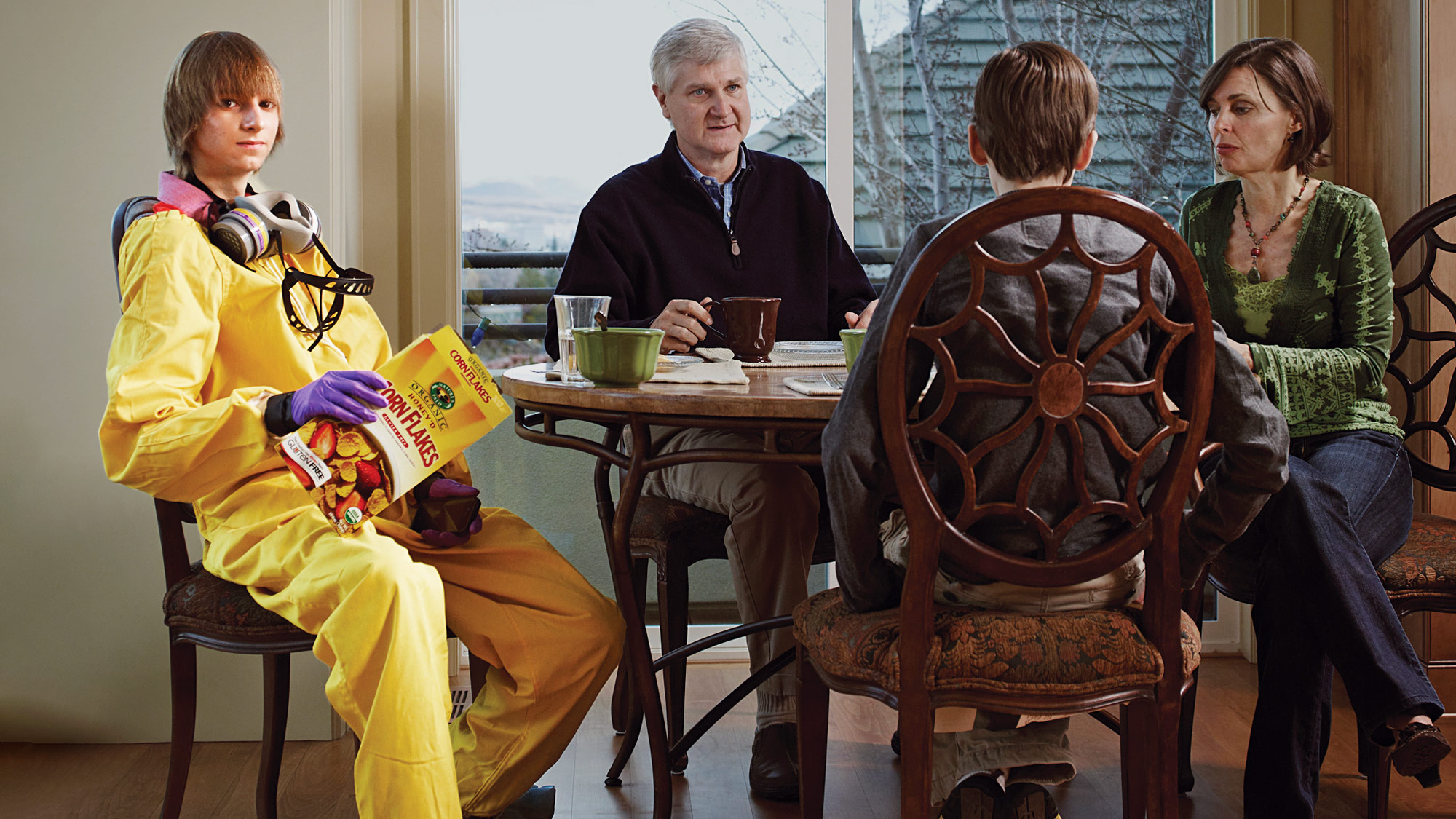How a 14-year-old kid became the youngest person to achieve nuclear fusion

🌈 Abstract
The article profiles Taylor Wilson, a prodigy who built a nuclear fusion reactor at age 14, and explores how he was able to achieve this remarkable feat with the support of his family and mentors, in contrast to the cautionary tale of David Hahn, another young nuclear enthusiast whose efforts ended in disaster.
🙋 Q&A
[01] Taylor Wilson's Early Interests and Family Background
1. What were some of Taylor Wilson's early interests and how did his parents respond to them?
- As a toddler, Taylor was interested in construction equipment like traffic cones and barricades, and for his 5th birthday, he wanted a real crane instead of a toy one.
- His parents indulged his interests, calling a friend who owned a construction company to bring a 6-ton crane to his birthday party.
- Taylor also had an early fascination with radioactive materials, which his parents supported by letting him assemble a "survey of everyday radioactive materials" for his school science fair.
2. How did Taylor's family background contrast with his advanced scientific interests?
- Taylor's parents, Kenneth and Tiffany, were not scientifically inclined - Kenneth was a Coca-Cola bottler and Tiffany was a yoga instructor.
- They did not understand Taylor's interests and abilities at first, but they made the intentional decision to nurture his talents rather than steer him towards more "benign" pursuits.
[02] Taylor's Pursuit of Nuclear Fusion
1. What were the key steps in Taylor's journey to building a working nuclear fusion reactor?
- At age 13, Taylor was rejected by a University of Nevada physicist who thought his goal of building a fusion reactor was too technically challenging and hazardous, even for most doctoral candidates.
- However, Taylor found advocates at the Davidson Academy, a school for gifted students, who helped him access equipment and mentorship to work on his fusion reactor project.
- With the help of professors and technicians, Taylor was able to assemble a working fusion reactor by age 14, becoming one of only 32 individuals to achieve nuclear fusion at that point.
2. How did Taylor plan to use his fusion reactor for practical applications?
- Taylor conceived of using his fusion reactor to produce medical isotopes more efficiently and affordably than current methods.
- He also developed a concept for using the reactor to scan shipping containers for nuclear materials or explosives, which caught the interest of the Department of Homeland Security.
[03] Taylor's Maturity and Parental Support
1. How did Taylor's maturity and focus contrast with the cautionary tale of David Hahn?
- Unlike David Hahn, who pursued nuclear experiments in secret after his parents forbade it, Taylor's parents Kenneth and Tiffany resisted their impulse to steer him away from dangerous pursuits and instead supported and guided his work.
- This parental support, along with Taylor's social skills and ability to gather mentors, allowed him to achieve his goals in a responsible manner, in contrast to Hahn's more reckless approach.
2. How did Taylor's interests and abilities evolve beyond mere self-centeredness?
- As Taylor's grandmother was dying of lung cancer, he became inspired to use his fusion reactor to produce medical isotopes that could help cancer patients, showing a maturity and desire to help others beyond just his own scientific interests.
- His parents noted that as his grandmother's health declined, Taylor was growing and moving beyond just self-centeredness, believing he could actually change the world around him.
[04] Taylor's Accomplishments and Recognition
1. What were some of Taylor's major accomplishments and the recognition he received?
- By age 16, Taylor had built a working nuclear fusion reactor, becoming the youngest person in the world to achieve nuclear fusion.
- He won numerous awards at the Intel International Science and Engineering Fair, including first place overall, and received over $100,000 in prizes.
- Taylor also met with high-level government officials like the Department of Homeland Security and the Department of Energy, who were impressed by his abilities and ideas.
2. How did Taylor's story differ from the cautionary tale of David Hahn?
- Unlike David Hahn, whose nuclear experiments ended in disaster, Taylor was able to achieve his goals with the support and guidance of his parents, professors, and other mentors who helped channel his abilities in a responsible manner.
- This support network, in contrast to Hahn's lack of oversight, was a key factor in allowing Taylor to pursue his nuclear interests safely and productively.